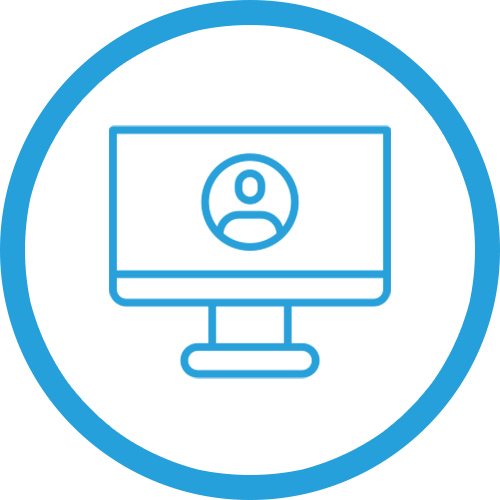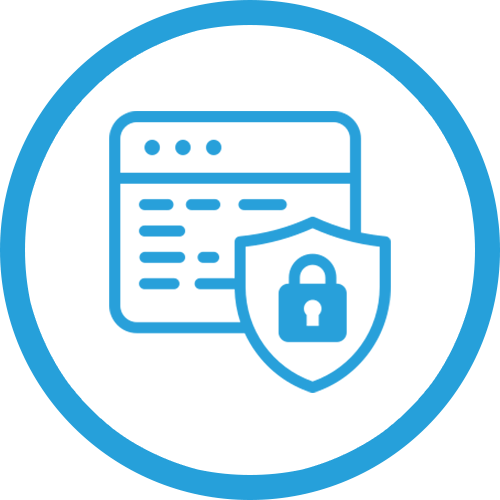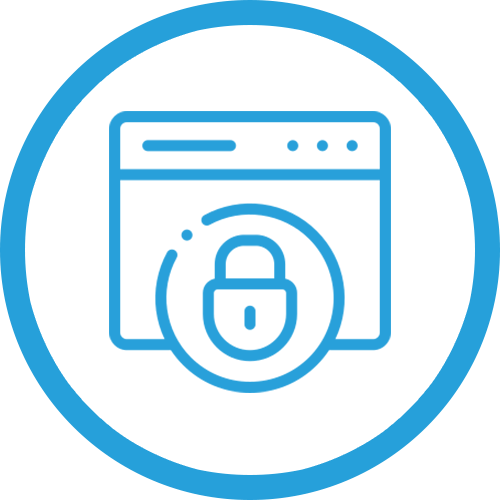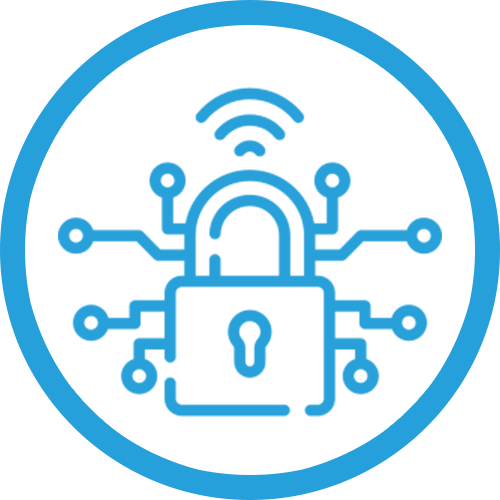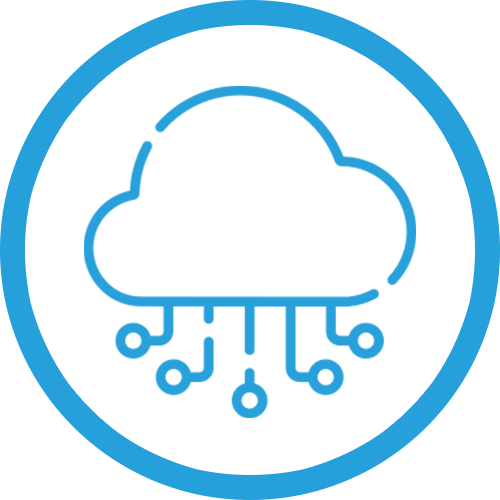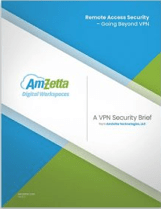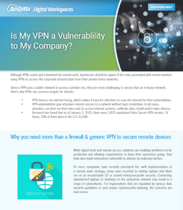
The Growing Number of SaaS Orphans.
Here is a fun fact to mull over: experts estimate that 40% of SaaS licenses go unused. It’s pure waste. We’ve all worked for companies that have purchased software that never even gets USED. Each one of those unused, unloved SaaS orphans represents a potential security breach (and a drain on your budget).
According to research from Theresa O’Neil, CMO of SaaS management platform Zylo, companies use an average of 651 SaaS applications every year. This isn’t an enterprise, big company problem either. In fact, it’s more prone to happen in mid-market companies with looser rules around what IT can and can’t approve.
The waste doesn’t have to continue. With the right IAM policies in place, and the right Digital Workspace technology to support those policies, organizations can limit their remote employees to the applications they need to do their jobs effectively.
Read our new How to Guide on “Securing App Access for Remote Users”. You’ll gain insight into how Digital Workspace technology can help you reduce waste and improve your security profile at the same time.
The Right Tools for the Job.
Contextual access sounds fancy. For today’s remote working world, this is what it means: giving remote employees the tools they need to perform at an optimal level and restricting them from apps and systems they don’t need (but whose misuse could expose your entire org to security threats).
Think of the earlier example. No matter what your functional role is, would there ever be a reason for you to access 600+ SaaS applications in a single workday? Let alone an entire career? Of course not.
With Digital Workspace technology, you (the IT professional), management, and employees work together to determine what the employee needs to do their job away from the office. Then you give them secure access to those tools through a secure portal or gateway. The employee gets to focus on their job. You get to rest at night knowing someone isn’t going to inadvertently access some SaaS app purchased in 2014 that was forgotten about (but compromised by hackers).
MFA is Core to a Sound Identity & Access Management Policy.
Part of keeping your organization secure while employees are working from home is restriction. Restricting them to what makes sense for their jobs and restricting who has access to your corporate systems. That certainly extends to employees. But it also means contractors, trusted vendors, and partners.
Having a strict password policy is a great start. But given the sophistication of today’s security threats, it’s not enough. Particularly for those organizations using VPN. Multi-Factor Authentication (MFA) is one of the great innovations to come out of the Digital Workspace revolution.
It’s so simple in theory, but very effective in practice. Does your organization – regardless of its size – need MFA? We’d like to think we know the answer. But to help guide your decision making, we’ve put together this handy Solutions Brief on “Does My Company Need MFA?”.
What can you do with a Digital Workspace Solution?
Organizations across industries such as Educational, Financial, Government, Healthcare, Manufacturing, Retail and more rely on Digital Workspace Solutions. Learn more about how your company can rely on a Digital Workspace Solution by clicking on the solution type below.


